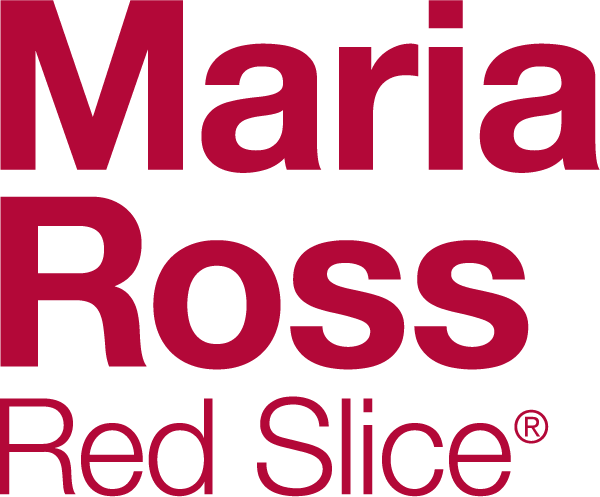A helpful primer with some top branding tips I’ve culled over the years. Have some others? Would love to see them in the comments!
1. Know yourself, know your business
A good brand stems from authenticity. This means being consistent in messaging, visuals, and experience and not just giving lip service. If you claim customer service is your most important differentiator, then return calls and emails in a reasonable amount of time and don’t leave people in an automated telephone maze to get the help they need. If you claim quality, you had better make sure your goods are up to snuff. No one likes to be lied to and no one likes when their experiences fall short of expectations. Apple’s hip brand works because of their quality, design, and cutting-edge products that set trends and push the boundaries. They deliver on their brand promise.
2. Make your customer real
Determine your ideal customer and market to that person. Don’t aim for some amorphous blob of people out there – make it about one customer (or a persona for all the different customers you serve) and pretend you are talking to that person. Know their likes, dislikes, where they live, where they work, what magazines they like to read. The more detail you can put around this picture, this persona, even if you have a few different customer groups, the more relevant and on-target your marketing and communications will be. When you try to reach everyone, you become relevant to no one because you are too generic and vanilla.
3. Invest your marketing dollars wisely
Only invest in marketing programs that make sense. Duh – this seems obvious, but don’t buy that booth at the show unless you know your potential customers will be there. Even if it costs just $200, it’s a wasted $200 if the 5000 people in attendance will never buy your product. Do the research, ask the questions. Go where your customers are, don’t expect them to come to you just because you think it would be “cool” to be at that event or produce that radio spot. If your ideal customers don’t have time to watch TV, don’t invest in producing that ad.
4. Give meaning to your “look”
Work with a brand strategist or gifted designer who understands how placement, typography, and color all work together consciously and subconsciously to communicate a message. Ensure you really map out the message you wish to convey before you create the materials or graphic elements to convey it.
5. Give brand marketing a chance to work
People need to experience things multiple times before they stick. Be clear but be consistent – they need to see your message about 7 times before they remember it. The Nike swoosh did not create meaning overnight but Nike spent years and lots of money making that mark mean something to people. Don’t expect one ad to get you to your sales targets, or a website to get you all your customers. Branding is not the same as direct response marketing – it takes time and it should be integrated across all your customer touch points. Of course, if you need to course correct if it’s not working, you can do that, but don’t change it up every month – you may be sick of your own messaging after 2 months, but others will not have had a chance to absorb it. Do the work upfront to make sure your message is on target and stick with it.
6. Be realistic
If you can’t afford to produce luxury goods or services, don’t market them as such. People still need cheap, efficient, no-frills products and services on certain occasions. Just find your audience niche and market to them only what you can provide realistically to them specifically.
7. Create a style guide
When you design a website or a logo, ensure the designers leave you with a Style Guide that has all your colors used (in PMS, HEX, CMYK), font types and sizes, any copy guidelines (ie, we never use contractions, we use a very playful, snarky tone), layout guidelines, graphic guidelines (do we use photos or illustrations?) etc. This will help you maintain consistency when you either need to do things yourself or have others step in and make changes, do other projects, etc. This should be part of your operational guidelines and shared with any employees or partners who do visual/written work with you.
8. Understand trademark and copyright
Anything you put in a fixed form is automatically copyrighted by you, whether you file for the copyright or not, as long as you can prove when they were first used. This means copy, presentations or articles. But names or logos might need to be trademarked. If you come up with any branded product or service names, at least do an online trademark search at www.uspto.gov – this includes company name and taglines. Doesn’t mean you have to necessarily file for a trademark, but at least you will know what is already in use to avoid getting sued or being asked to cease and desist. And always consult a trademark lawyer on whether you should or should not trademark certain things. Better to spend some time and money to check up front on usage before investing lots of money on naming or design, only to be told to cease and desist by someone already using those things.
9. Keep the end in mind
When getting a logo designed, keep in mind how you will use it. This can save you money in the long run. Will it always be shown in digital format, or do you plan to print it out or place it on promotional items? This will help you determine if you need a 4-color logo or 2-color logo. It is often more expensive to print 4-color than 2-color or even black and white. Also, ensure you are using mostly standard PMS or CMYK colors so as to avoid needing to pay extra for custom print colors. And think about how your logo will show up at both big and small sizes. A very minutely detailed logo may not reproduce well on websites or in event programs at a very small size.
10. Use known analogies
If you are introducing something new or unfamiliar to your target audience, try to use analogies to help them make the connections more quickly. Take what it known and convey that meaning for quick comprehension. Here’s an excerpt from the fabulous book Made to Stick by Chip and Dan Heath:
“When the Center for Science in the Public Interest (CSPI) was trying to convey that movie popcorn was unhealthy, all their statistics and facts caused most people’s eyes to glaze over. So the CSPI called a press conference on September 27, 1992. Here’s the message it presented: “A medium-sized ‘butter’ popcorn at a typical neighborhood movie theater contains more artery-clogging fat than a bacon-and-eggs breakfast, a Big Mac and fries for lunch, and a steak dinner with all the trimmings — combined!”
The folks at CSPI didn’t neglect the visuals — they laid out the full buffet of greasy food for the television cameras. An entire day’s worth of unhealthy eating, displayed on a table. All that saturated fat stuffed into a single bag of popcorn.
The story was an immediate sensation.”


